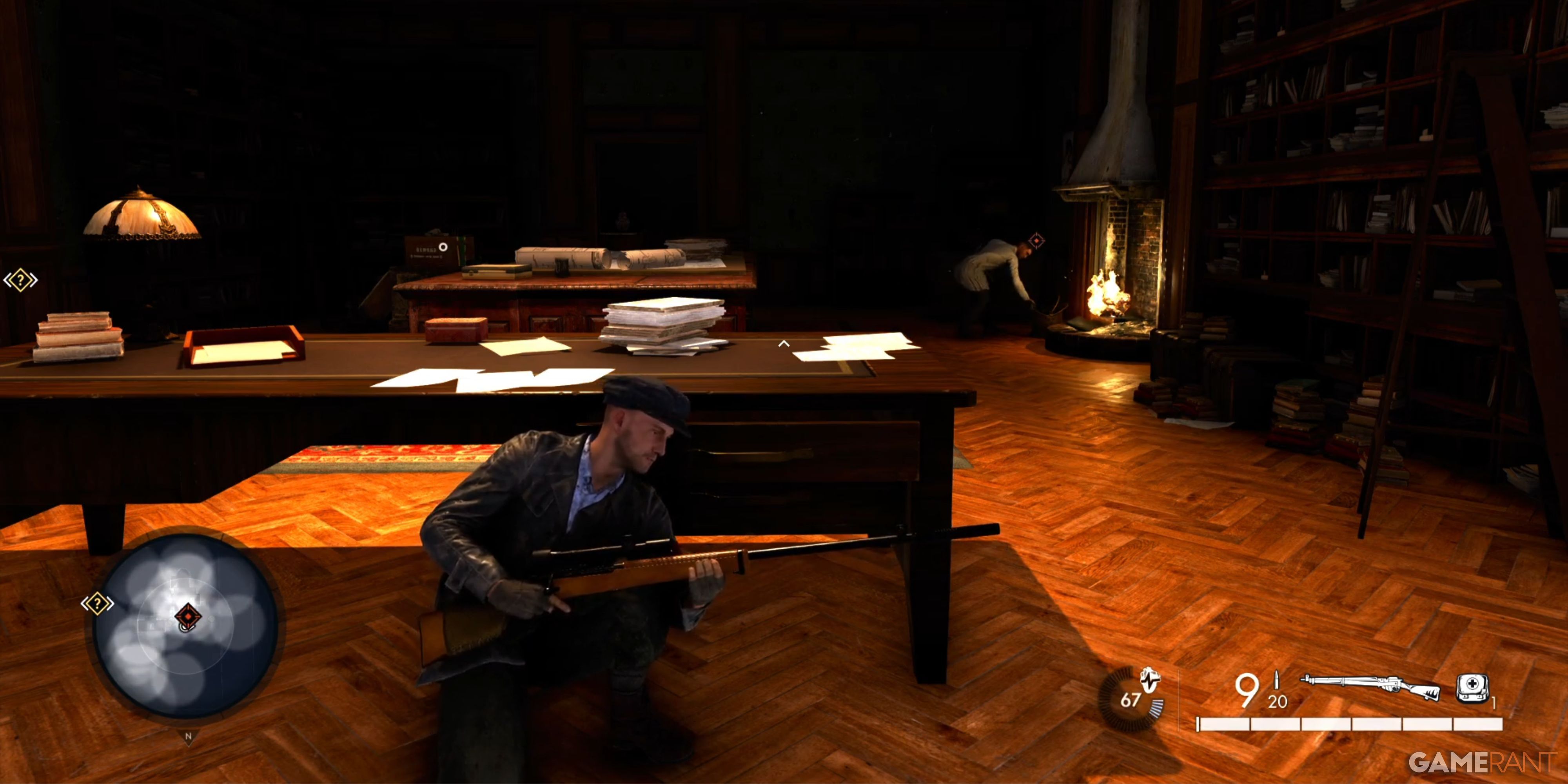www.fastcompany.com
Before air-conditioning existed, staying cool during the summer months in the southern United States was a foreign skill for early European colonists. But enslaved Africans, hailing from similar warm climates, had developed, over centuries, architectural strategies for combating sweltering summer conditions. It was from these early enslaved builders that the most quintessential architectural feature of homes in the United States emerged: the porch.Porches, verandas, porticoes, and other types of outdoor coverings connected to a building have existed in various forms across the globe for centuries. However, what we think of as an American style of porch, first associated with homes in the southern United States, originally evolved from the dwellings of enslaved people. Anthropologist James Deetz explains that the early homes of colonists did not have porches and that the closest thing to porches were small, enclosed vestibules that were similar to mudrooms. He states, Porches are probably of African origin. . . . We have seen that porches have been found on slave cabins excavated at Kingsmill [Plantation in Virginia], dating to the third quarter of the eighteenth century. This is the earliest evidence that we have for porches to date.[Illustration: Johnalynn Holland/courtesy Chronicle Books]At around the same time that the porches at Kingsmill Plantation were built, shotgun homes emerged in New Orleans. A result of the major influx of Haitian free people of color who came to the United States in the early 1800s, shortly after the Haitian revolution, the shotgun home is an adaptation of West African residential architecture and almost always has a front porch. Shotgun homes are narrow houses, typically no more than twelve feet wide, in which one room leads to the next with no hallway between. Shotgun homes and their attached porches spread throughout the South from the 1860s through the 1920s. With the advent of industrialized lumber at the end of the nineteenth century, and thanks to the shotguns small footprint and ease of construction, this housing style became popular in poor, working-class, and middle-class communities, both Black and white. Engineering professor John H. Lienhard writes:When the cost of wood fell during the late 1800s, the shotgun house did indeed become the best way the poor could keep a roof over their heads. But, by then, shotgun houses had added a new element to the American architectural vocabulary. You see, shotgun houses gave us the southern porch. We didnt previously have porches like that in America. Like the shotgun house itself, southern porches are now all over America.Anthropologist John Michael Vlach writes of the front porchs hidden legacy: The impact of African architectural concepts has ironically been disguised because their influence has been so widespread; they have been invisible because they are so obvious. This unfortunate circumstance is demonstrated by the history of that common extension of the housethe front porch.[Illustration: Johnalynn Holland/courtesy Chronicle Books]Porches werent the only architectural innovation that enslaved people were instrumental in creating. Tabby, a unique building material used throughout the southeastern coastal region, is made from crushed oyster shells, sand, water, and ash. This cement-like substance has origins in Africa, Mesoamerica, and the Iberian coast, though historians debate where it was first used. Like most things in America, credit lies in the mixture of cultures and ideas among Indigenous, African, and European people. In many cases, innovations that are similar to each other have evolved independently all over the world, as different people have solved the same problems in similar ways. Scholars of material culture state:The oyster shells used to make the tabby were mined from shell mounds created by native peoples thousands of years before European arrival in the New World. By the early eighteenth century, tabby was used both in Spanish Florida and in West Africa. It is unclear whether tabbys origins lie in the coastal southeast or whether the technique was brought from West Africa through the slave trade.Some of the oldest original tabby structures are found among the dwellings of enslaved people at Kingsley Plantation in Jacksonville, Florida. Those enslaved at Kingsley worked under a task system, common in Spanish Florida. While still confined to the brutal boundaries of slavery, enslaved people under this system were afforded some measure of independent time to grow their own food, hunt, fish, socialize, and pursue crafts.Twenty-five of the original thirty-two tabby cabins where the enslaved lived at Kingsley Plantation still remain. Built in the 1820s, the cabins are arranged in a semicircle, facing a shared space where their inhabitants once socialized and cultivated gardens after completing their days tasks. The semicircular configuration of homes surrounding a communal center is a distinctly West African architectural characteristic; it is unique to Kingsley and not seen at any other plantation in the South.The prevailing explanation for this is that Anna Kingsley, the wife of Kingsley Plantation owner Zephaniah Kingsley, was from Senegal. Anna Kingsley was born Anta Mujigeen Ndiaye in Senegal and was purchased and enslaved by Zephaniah in Cuba in 1806, when she was only thirteen years old. Five years later, he emancipated her, and they entered into a public common-law marriage. Anna ran the affairs of Kingsley Plantation as well as Zephaniahs other estates and businesses. Anthropologist Antoinette T. Jackson writes of Annas remarkable and complicated life:At a young age, she learned to actualize her own power. She secured her freedom and the freedom of her children five years after her arrival in Florida when Zephaniah signed her emancipation papers in 1811, making her a legally recognized free woman of color. She went on to successfully run Zephaniahs varied businesses, manage his households, and enjoy land ownership and wealth herself.Annas story sheds light on the complicated social dynamics of the time and how they varied by region across the United States. Anna Kingsleys great-granddaughter says of her ancestors legacy: It is obviously a profoundly moving story. Its also a story which, in my view, has extraordinary complexity and contradictions. My great-grandmother was not only a slave, she owned slaves . . . so to feel that my great-grandmother had acquired the kind of wealth and the kind of prestige that would allow her to own slaves, I balance that with, She owned slaves! On the other hand, here was a woman of just extraordinary intelligence, ability. And, while I say that, I am conscious that she was probably in no sense uniquewe happen to have her story, but what we dont have, I am convinced, are the countless stories of women of no less intelligence, no less ability, whose stuff is simply lost.Anna Kingsleys Senegalese roots, coupled with the African architectural traditions present at the plantation, make this place a unique site of African American architectural history. The Kingsley story is also a testament to the incredible diversity of Black experiences during this period and the role that material culture can play in helping us understand how people lived and related to one another, oftentimes in more nuanced ways than we can imagine.Similarly, understanding the front porch as a distinctly Black architectural tradition challenges deep-seated assumptions about the diffusion of skill and knowledge in early America. Black people, whether enslaved or free, have long been portrayed as the recipients, not the bearers, of innovation. Nothing could be further from the truth.Excerpted from: A Short History of Black Craft in Ten Objects by Robell Awake, published by Chronicle Books 2025[Photo: Chronicle Books]Footnotes:1 John Michael Vlach, The Afro-American Tradition in Decorative Arts (Athens: University of Georgia Press, 1978), 13638.2 James Deetz, In Small Things Forgotten: An Archaeology of Early American Life (New York: Random House, 1977), 228.3 Deetz, In Small Things Forgotten, 21929.4 John H. Lienhard, Shotgun Homes and Porches, The Engines of Our Ingenuity, episode 820, University of Houston, accessed January 15, 2024, https://engines.egr.uh.edu/episode/820.5 Vlach, The Afro-American Tradition, 13637.6 Susan D. Morris, Tabby, New Georgia Encyclopedia, last modified September 10, 2019, https://www.georgiaencyclopedia.org/articles/history-archaeology/tabby/.7 Pam James, Mary Mott, and Dawn Baker, Investigating a Tabby Slave Cabin, Project Archaeology: Investigating Shelter Series no. 12, accessed January 15, 2024, https://www.nps.gov/timu/learn/education/upload/KingsleyTeacher-Final-2.pdf.8 Antoinette T. Jackson, Shattering Slave Life Portrayals: Uncovering Subjugated Knowledge in U.S. Plantation Sites in South Carolina and Florida, American Anthropologist 113, no. 3 (September 2011): 44862, http://www.jstor.org/stable/41407471.9 Jackson, Shattering Slave Life Portrayals.10 Quoted in Jackson, Shattering Slave Life Portrayals.










